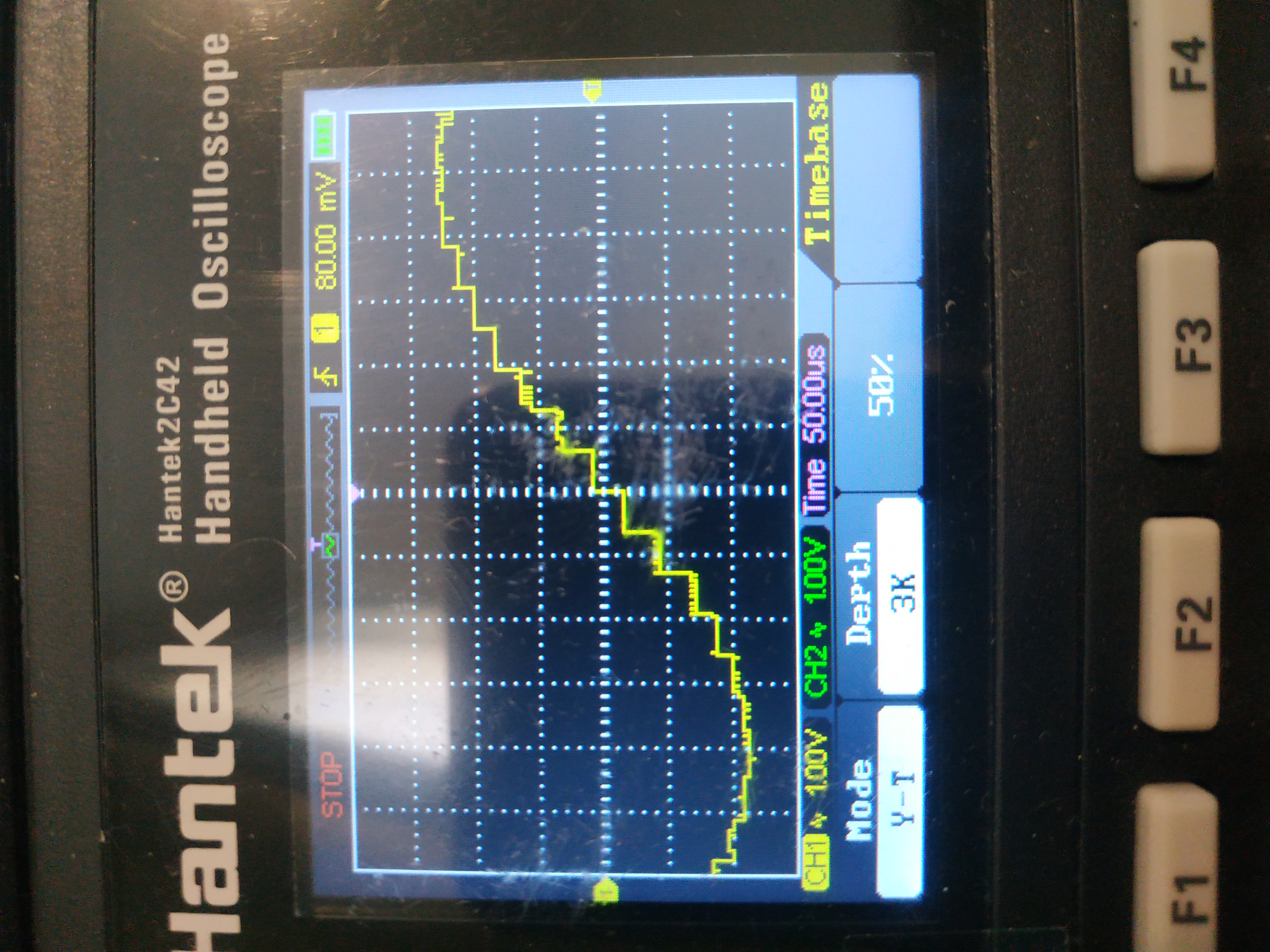As I wrote before: "There can be few mellow aliasing ghost tones in the highest register setting, but only in the very highest octave of the 5 octave playing range."
That's an inherent problem in single wavetable based sound generation systems in combination with relatively low sampling rates. It's related to the Mickey Mouse effect. The waveform and thus its slew rate and all harmonics are transposed up and down the pitch scale without respect for the Nyquist frequency. Thus, a 7th harmonic which is ok at 1kHz will generate a ghost tone of 10.25kHz when playing the same waveform roughly 1.5 octaves higher, at 3kHz.
I'm aware of this problem and I tried to implement some at least elementary digital filtering and/or slew rate limiting in the open.theremin firmware, but without success. The old asthmatic 8bit Arduino UNO is not a DSP and extending the dynamic range for the Audio HD version was already pushing the limits...










